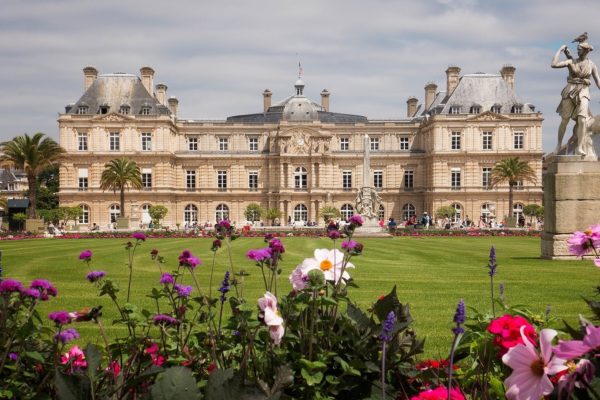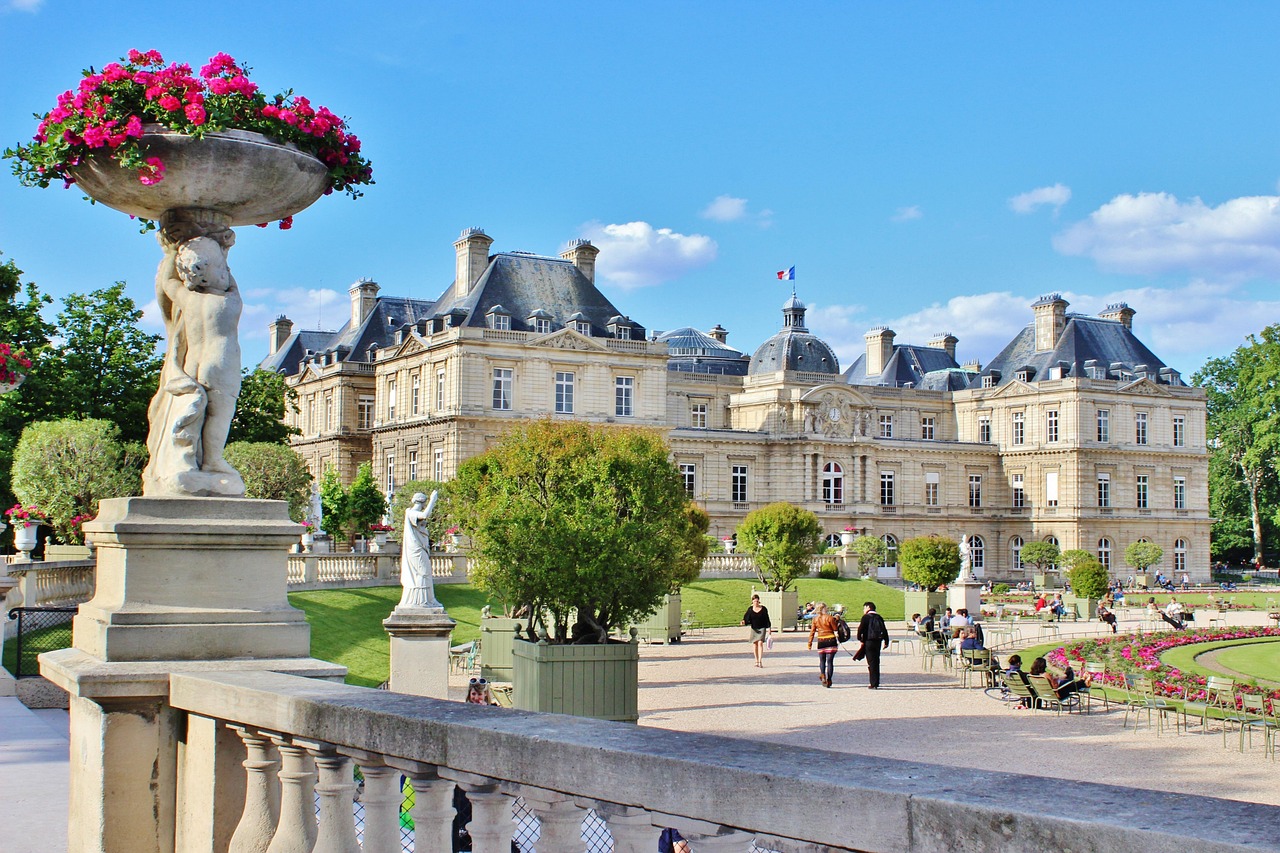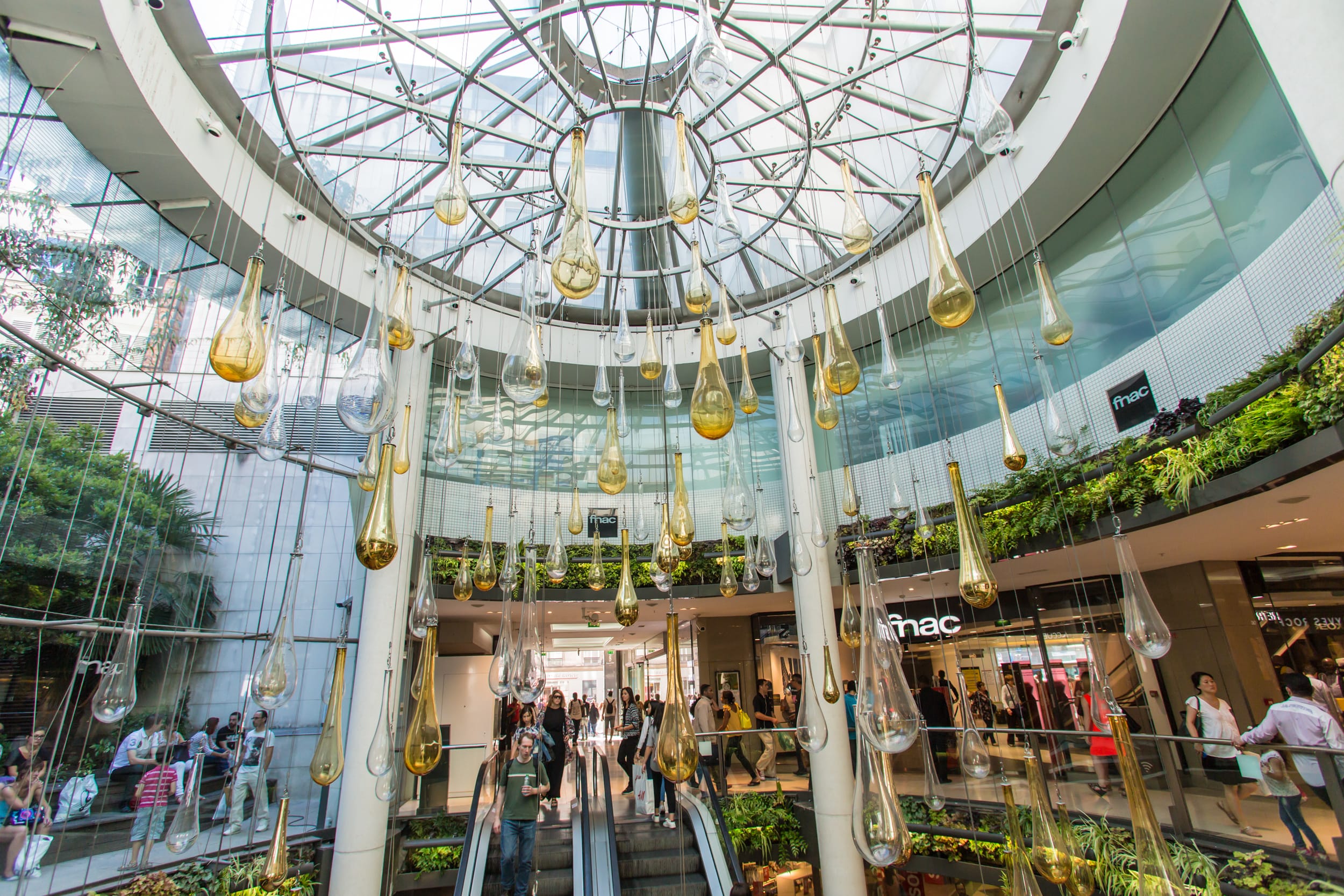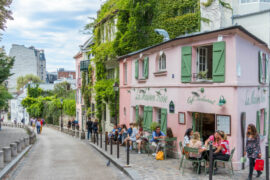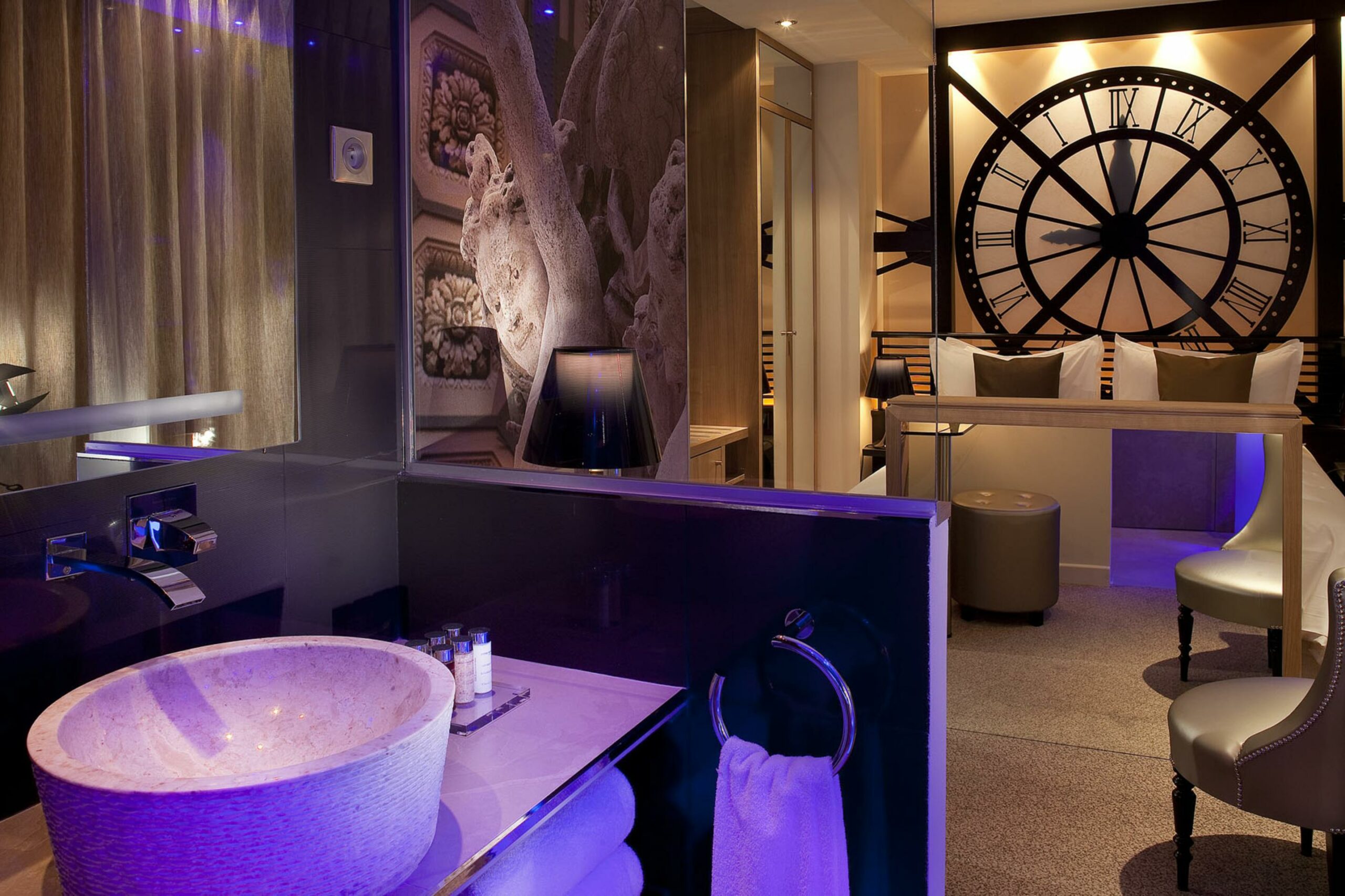What Is the Jardin du Luxembourg?
The Jardin du Luxembourg is one of the most iconic public parks in Paris. Located in the 6th arrondissement, it covers an area of 23 hectares. This garden is not only a favorite relaxation spot for both Parisians and tourists, but also a place rich in history and culture. Its exceptional beauty and numerous attractions make it a must-see during any visit to the French capital.
The park offers a wide variety of activities for all ages. Whether you are a botany enthusiast, an art lover, or simply looking for a peaceful corner to read a book, the Jardin du Luxembourg has something for you. Its lush lawns are ideal for family picnics, while its shaded paths invite romantic strolls.
The Jardin du Luxembourg is also of great historical and cultural importance. Created at the beginning of the 17th century, it has witnessed many key events in Parisian history. Today, it continues to play a central role in the city’s social and cultural life, hosting exhibitions and events throughout the year.
History and Creation of the Jardin du Luxembourg
The history of the Jardin du Luxembourg dates back to 1612, when it was commissioned by Marie de’ Medici, widow of King Henry IV. Longing to recreate the atmosphere of the gardens of her childhood in Italy, she enlisted architect Salomon de Brosse to design the Luxembourg Palace and its garden. The original design was inspired by Florentine gardens, with strict symmetry and elaborate flowerbeds.
Over the centuries, the garden underwent many transformations. In the 18th century, it was opened to the public, making it one of the very first public parks in Paris. Under Napoleon III, significant modifications were made, including the addition of numerous statues and the creation of new pathways. These changes allowed the garden to adapt to the evolving tastes and needs of Parisians.
Today, the Jardin du Luxembourg retains its old-world charm while meeting modern expectations. It stands as a living testament to the evolution of landscape design across the centuries, perfectly illustrating the harmony between tradition and innovation.
Features of the Jardin du Luxembourg
The Jardin du Luxembourg is famous for its unique features that distinguish it among Parisian parks. One of its most remarkable elements is the large central basin, where children and adults alike enjoy sailing miniature boats. Around the basin, the park’s iconic green chairs invite visitors to sit and relax.
Another striking aspect is the diversity of its spaces. The garden is divided into several sections, each with its own character. The French formal gardens, with their perfectly aligned pathways and colorful flowerbeds, contrast with the more natural and winding English-style gardens. This variety provides visitors with a rich and surprising experience.
The park also offers several facilities for children, including a playground and a puppet theater. Sports enthusiasts can make use of the tennis courts and the large fencing pavilion. These amenities make the Jardin du Luxembourg a gathering place for families and athletes alike, reflecting its versatility and broad appeal.
Activities and Events at the Jardin du Luxembourg
Throughout the year, the Jardin du Luxembourg hosts a multitude of activities and events that attract visitors from all backgrounds. In summer, open-air concerts are held at the bandstand, offering a unique musical experience in an idyllic setting. These performances often feature talented musicians from genres ranging from jazz to classical.
The Théâtre des Marionnettes du Jardin du Luxembourg is another highlight for families. This puppet theater stages captivating shows for children, providing them with a playful introduction to the performing arts. The puppet tradition at the Jardin du Luxembourg dates back decades and continues to delight young audiences.
In addition to these regular events, the garden also hosts temporary exhibitions, notably in the Orangery, where works of contemporary art are displayed. These exhibitions give visitors the chance to discover new artists while enjoying the natural setting of the park.
Plants and Biodiversity
The Jardin du Luxembourg is a true paradise for plant and nature lovers. It is home to a wide variety of species, ranging from native plants to exotic specimens. The park’s greenhouses, though generally closed to the public, contain impressive collections of tropical and subtropical plants.
Biodiversity is carefully preserved thanks to responsible management practices. Gardeners work tirelessly to maintain ecological balance, using sustainable and environmentally friendly methods such as natural composting and reducing chemical products to protect local flora and fauna.
Visitors can also admire the orchard of the Jardin du Luxembourg, where numerous varieties of apple and pear trees are cultivated. This orchard is a concrete example of the park’s commitment to biodiversity preservation and environmental education. Guided tours are frequently organized to raise awareness about the importance of plant conservation.
Sculptures and Works of Art
The park is dotted with sculptures and artworks that add an aesthetic and cultural dimension to the visitor experience. Among the most famous is the Statue of Liberty, a bronze replica of Bartholdi’s iconic work. This statue is a popular landmark and a symbolic reminder of the historic ties between France and the United States.
The garden also features an impressive collection of busts of famous French figures such as Baudelaire, Beethoven, and Delacroix. These sculptures are scattered throughout the park, giving visitors the chance to learn about French culture and history while strolling.
In addition to its permanent artworks, the garden regularly hosts temporary art installations. These exhibitions showcase contemporary artists and bring a modern touch to the park’s classical environment. They also encourage cultural and artistic dialogue across generations.
Tips for Visiting
To make the most of your visit, it is advisable to set aside enough time to explore the many attractions of the Jardin du Luxembourg. Arriving early in the morning allows you to avoid the crowds and enjoy the park’s peaceful atmosphere. Morning hours are ideal for a quiet walk or reading under the trees.
Consider bringing a picnic to enjoy on the garden’s lawns, but be sure to respect designated areas, as some parts of the park do not allow picnicking. Nearby kiosks also provide a variety of snacks and drinks for those traveling light.
Guided tours are highly recommended for a richer experience. These are often led by passionate guides who share fascinating anecdotes about the garden’s history and features. They also provide the opportunity to discover lesser-known corners of the park.
Environment and Maintenance
The Jardin du Luxembourg is a remarkable example of sustainable urban garden management. The team of gardeners and landscapers works diligently to maintain the park’s beauty while respecting the environment. Eco-friendly practices include crop rotation, composting, and reducing the use of chemicals.
Regular maintenance of lawns, flowerbeds, and trees is essential to preserve the garden’s vitality. Gardeners carefully adapt their work to the seasons and the specific needs of the plants, ensuring that the park remains welcoming and serene year-round.
The park also engages actively in environmental education. Workshops and awareness programs are offered to highlight the importance of biodiversity conservation and sustainable practices. This proactive approach makes the Jardin du Luxembourg a model of responsible management in an urban setting.
Access and Transportation
Thanks to its central location in Paris, the Jardin du Luxembourg is very easy to reach. The nearest stations are Luxembourg on the RER B line and Odéon on Metro Line 4, both of which connect quickly to other parts of the city.
For those preferring the bus, several routes serve the area, including lines 21, 27, 38, and 82. These provide convenient access from various Parisian neighborhoods. Self-service bike stations are also available nearby for cycling enthusiasts.
The main entrance to the park is on Boulevard Saint-Michel, but several other entry points are located around the garden, making access easy and direct to different sections. To plan your visit smoothly, it is best to check opening hours in advance, as they may vary with the seasons.
The Importance of the Jardin du Luxembourg
The Jardin du Luxembourg holds a special place in the hearts of Parisians and international visitors alike, thanks to its cultural, historical, and environmental significance. As a public space, it plays a vital role in daily city life, offering a haven for leisure, relaxation, and social interaction.
Historically, the garden has witnessed many key moments in French history. It has served as a setting for political gatherings, cultural celebrations, and artistic demonstrations. Today, it continues to reflect the evolution of French society and heritage.
The Jardin du Luxembourg is also a symbol of natural wealth and biodiversity in the heart of the city. It reminds us of the importance of preserving green spaces in urban areas, contributing to the quality of life and well-being of residents. Its exemplary management and commitment to sustainability make it a model for urban parks worldwide.

